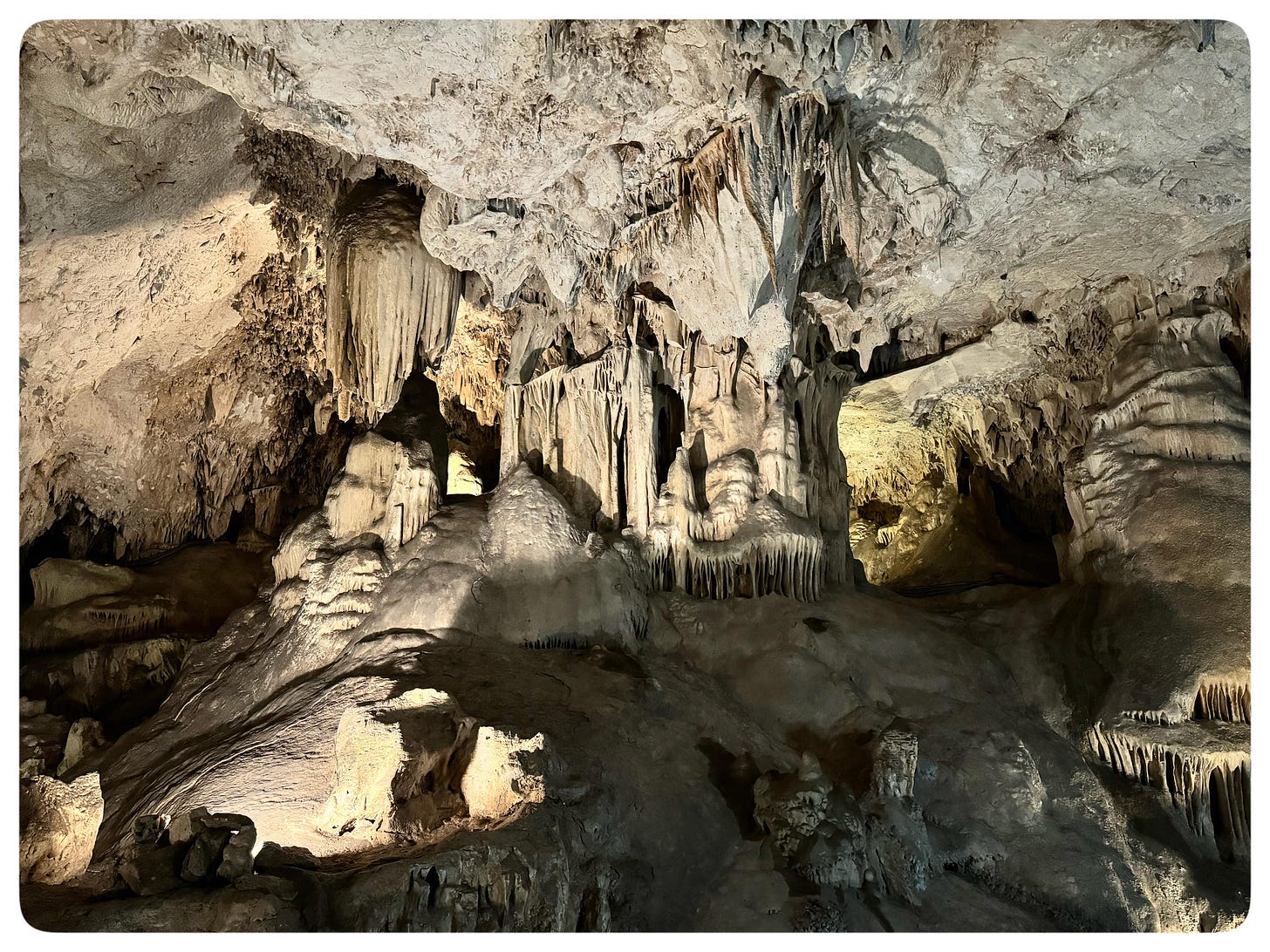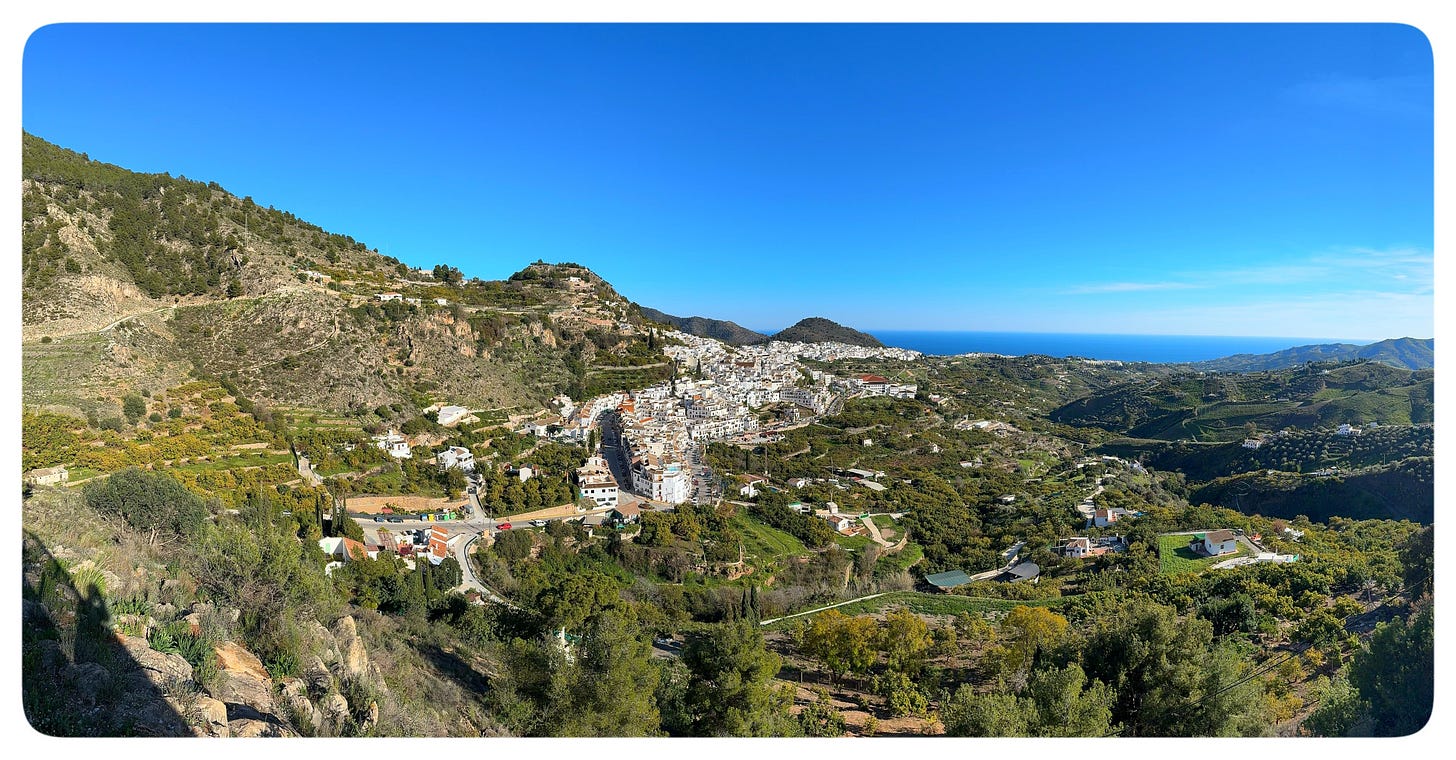I’ve had some interesting reactions to my writing here. To some, my purpose in this space feels murky, or “not as advertised”. Is this weekly newsletter about world schooling, daily miracles, or is it stories from past travels? Am I travelling with my daughter continuously…or is it just a few trips? How am I affording this? Am I going to circle back and finish stories I’ve begun?
To be honest, it’s all of the above — and, I don’t really know.
I write because I have to write. It’s how I process my emotions, how I process my life. I’ve always been an avid reader and loved journalling. When I became a paid writer in film and television, I was always writing someone else’s stories, mostly telling stories of animals in the wild. I’ve never shared my own stories. To me, that is the scariest thing anyone can do, and so — I’m leaning into it.
If anything, I can say this weekly newsletter is evolving as I go. I have committed to sitting down and writing every week, a promise to myself to let go of the trappings of perfectionism and simply tell stories that mean something to me.
Travel means something to me.
I like the idea of telling stories from the past, broken up over different posts, and then jumping back to present-day. I started with Thailand because it was my first big international stay in a country other than my own, and it was fundamental to my development as a person and as a hardcore backpacker. I believe living with another family in a culture that was so different than my own for an entire year changed me for the better. At my core, I believe travel changes you for the better. Of all the stories I am sharing here, I would purport this to be the connecting thesis: travel widens your perspective and makes you more accepting of other cultures, people and places. It makes you realize that most people want the same things in life: a safe place to live, healthy food, and a clean environment.
This past week, an article came to my attention by The New Yorker, titled, “The Case Against Travel”. In it, Agnes Collard writes, “It turns us into the worst version of ourselves while convincing us that we’re at our best. Call this the traveller’s delusion.” She goes on to posit that touristic travel is bad because it has a dehumanizing effect on the tourist, and on the host environment. That most travellers travel not to invite true change but to say they did it. To claim, “I’ve seen the Mona Lisa”, even if it is only for 15-seconds and with disinterest.
It’s true that tourism has an ugly side. When I was in Cambodia, we went to see ancient ruins, and there were gaggles of children selling wares and begging for money at the entrances. These children were from poor families and were forced to beg instead of being sent to school. They relied on the generosity of tourists to survive. If there hadn’t been wealthy foreigners travelling through, what would their other options have been? In South East Asia, many rural families sell their eldest daughters into the sex trade, perhaps the most grotesque example of touristic voyeurism.
Tourism does interfere with the livelihood of locals, in both good ways and bad.
Even in Muskoka, Canada where I grew up, there is a disdain for “city folk” and the endless buses of international tourists visiting our picturesque towns at the peak of fall, when the trees turn their brilliant red and yellow hues. There are “locals” and then, there is everybody else. The irony being, locals need the tourists to survive. Tourism is the main industry. If it’s a rainy summer or the leaves turn too quickly, locals can’t make the money they need to last the winter.
And then there is the climate change argument. Travel isn’t just costly on the cheque book, it’s costly to the environment. All these planes spewing CO2 carrying privileged foreigners to exotic locales are contributing to the demise of our planet. Fair enough.
Am I only traveling because I want to be interesting? Because staying home is uncomfortable because I am uncomfortable within my own self?
Here’s the thing that I’ve learned: anywhere you go, you are still confronted with your own demons. You can go on the road, you can travel around the world, but at the end of the day, it’s still you, inside you. A ceiling is a ceiling, and they all look the same at 3am, staring listlessly.
Travel in and of itself is not enough. You have to choose to evolve.
I admit I too have become cynical about touristic travel. I don’t really enjoy doing touristy stuff. I like experiencing other countries to experience the differences in other cultures. It’s why I chose to live in a bus near the beach in Costa Rica, shopped in local grocery stores and made friends with servers. It’s why here in Spain, I am loving the close, personal experience I am having with my family in a condo in Torrox Costa, forty minutes from Màlaga, Spain. I would happily just meander the beach and eat at local restaurants and avoid the tourist traps, but I would also miss out on learning some of the interesting history of Spain and contributing to the local economy.
It is my first time visiting Spain, and I had no idea how arid the Sierra Nevadas were. The topography is mountainous and desert-like; red earth streaks through shades of burnt browns and faded, dusty greens. The white houses pop against this palette of terracotta, clean and crisp and imperfectly symmetrical, nestled meticulously among manicured landscapes boasting lemon, olive and mango farms. It is breathtakingly beautiful and pleasant and old-world. The mediterranean sea crashes rhythmically and feels crisp and cool.
We haven’t been here that long. So far the highlights have been enjoying sangria and eating fresh fish at a boardwalk restaurant while children played in an adjacent playground. Torrox Costa is all about that boardwalk lifestyle.
We visited the charming nearby town of Nerja and toured a massive cave system, discovered by five teenagers accidentally in 1959. The cave system is one of the largest in the Andalusias, spanning 4,823 meters. It is meticulously preserved and feels a bit like wandering through Khazad-dûm, the mines of Moria, the fictional dwarf kingdom in the Lord of the Rings. I wouldn’t have been surprised if at any moment a Balrog jumped out, covered in flames.
After a meandering train ride from the caves down into Nerja proper, we exited to walk the quaint city and marvel at the gorgeous wares for sale along the narrow side-streets. The area was packed with tourists. Dutch, English and French drifted in the air. I was incredibly hung over from celebrating my brother’s recent engagement the night before, but thankfully, a toasted ham and cheese sandwich cured me.
From there, we traveled to Frigiliana, a town with the official commendation as “Most Beautiful Town in Spain” since 2015. Every house is painted white, many with beautiful blue doors, decorated with rows upon rows of potted plants and flowering cactus, twisting their way upwards along narrow front stoops. It feels like walking through a post card. The pavement isn’t pavement but ceramic mosaics interspersed with gorgeous tile work. We stopped and ate gelato in the Moorish old quarter while buses of tourists idled on the steep curb side. We drove the winding mountain roads and marvelled at the incredible views. Once the area had mostly been vineyards, but over time, grapes gave way to tropical fruit. Hill farming is the way of life here.
The beauty of these Spanish streets feels other-worldly coming from Toronto’s brutalist concrete city centre. These villages have evolved alongside their mountainous landscapes, rounded by thousands of years of mediterranean weather and organic farming. The simple beauty and clean aesthetic inspires a feeling of restoration and relaxation. The joy of delicious, preservative-free food and wine makes life feel full and uncomplicated.
If there is a lesson to glean from my short time spent in Spain, it would be that simplicity wins, every time. In travel, like life, you get out what you put in.
Thank you for the photos Robyn Dawson and Kal Panchal. Congratulations Jesse and Robyn on your engagement. More on Spain to come…






